I find myself amid a deeply wound up predicament of sorts as I begin to write about Marvel’s latest offering. As stated in a number of articles before this, I have been able to gauge the hype for the film to be standard at best, but boy did I misjudge it, since even an early morning showing of Brie Larson’s ‘Captain Marvel’ on the first day recorded a full house. What’s interesting is that even while questioning the film’s overall anticipation among the general movie going audiences, I was but sure of the fact that the film would rake in a humongous amount of money in its opening weekend alone, and for that, I have to commend the people at Marvel studios who decide the slate of films to be released in every year with each successive phase. Putting an origin story of a relatively lesser known superhero in the middle of not only two of the biggest MCU films or superhero films in general, but two of the biggest films the world has seen, ‘Infinity War’ and ‘Endgame’; and releasing its first female centric superhero film, twenty films down the pipeline on International Women’s Day? Almost genius.
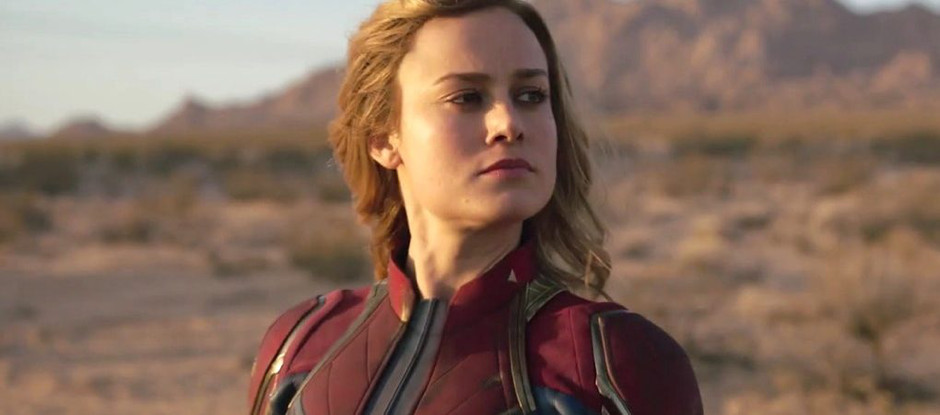
I will hold off my final verdict until the end of this article, but there is a lot of stuff happening in ‘Captain Marvel’ beginning with its very first frame, even though much of it may be particularly uninteresting, that would require a little background and explaining. Shifting timelines, locations, loyalties and even characters, as old ones are de-aged and new ones are introduced take up most of its runtime. I also have to accept that this is a very different template for a superhero picture, one that honestly didn’t quite pan out too well for me. We will also discuss the reasons for that, because why the hell not, but for now, let’s delve deeper into what the film had to offer in introducing Carol Danvers to us, and the numerous easter eggs, references and connections to previous MCU outings this film bears. Read on.
The Plot and Ending, Explained
Before beginning with the explanation itself, let’s recount a few things we already know about the movie up till the point the finale begins. A key player in these developments is Mar-vell, a Kree warrior sent to Earth under cover as Wendy Lawson, wherein she develops and experiments with an ‘energy core’, later revealed to be the fabled Tesseract from the MCU, housing the space stone. She is also the same woman who appears in Danvers’ simulation of the Supreme Intelligence, since Danvers appears to respect her from the memory of a life she no longer seems to remember. A fair amount is by now also known about Captain Marvel’s origins and where she gets her powers from. As a fighter pilot testing out the experimental energy core developed by Lawson, she is presumed dead along with Lawson in an accident. The reality of what happened however, is revealed in the second half of the film. Their plane was actually taken down by a Kree fighter plane when it is revealed that Yon-Rogg, her mentor and commander from the Kree Starforce in the current life is the real villain and after the technology.
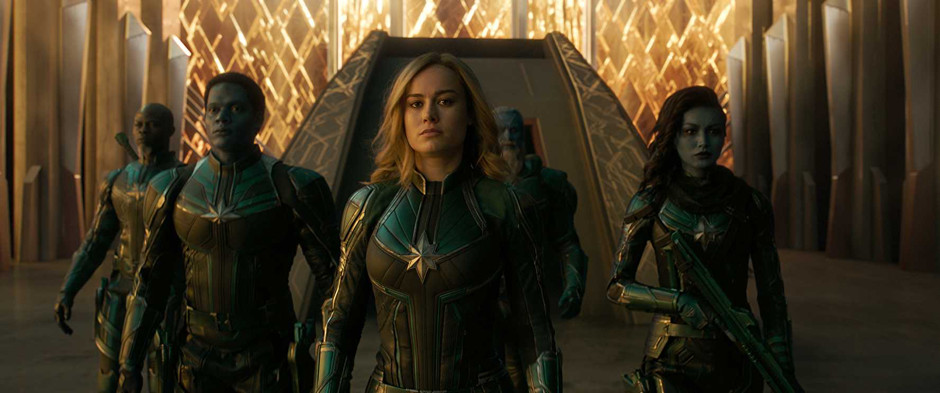
Upon landing next to the shore, Lawson reveals her true identity to Danvers and implores her to destroy the energy core before the Kree can lay their hands on it, while she is shot in the next instant and dies. Danvers then shoots the energy core in the plane, remotely being powered by the Tesseract from a safe location and absorbs its power. Yon-Rogg, now aware of the fact, decides that she’ll be coming with them, but also makes arrangements to control her powers through an implant at the back of her neck, linked to the supreme intelligence. His blood is transfused with hers and all her memories either wiped deliberately or becoming blurred from the impact of the blast, she now experiences nightmares with flashbacks from her previous life, serving as a Kree warrior for the starforce. She is able to recount her memory of her previous life at the point when Talos plays a recording from the black box of her crashed plane at Maria Rambeau’s house, and enlists her help to decode some coordinates from the transcript, which brings us to our next topic of discussion, the Skrulls.
From the very beginning of the film, we were made to believe that the Kree Skrull war was a result of the shapeshifting Skrulls infiltrating planets as locals and taking over the planet. While the comic books are a separate story altogether, the film chooses to take a well-informed, different path. A conversation between Talos and Danvers reveals that the Skrulls were in fact a diminishing race, seeking refuge on planets after their home world was destroyed by the Accusers in alliance with the Krees, and that Mar-vell was a renegade Kree helping them do so. The coordinates from the Black Box recording, actually space vectors, leads Danvers, Fury, Talos and Rambeau to a cloaked ship orbiting the Earth, where Talos reunites with his family and several other refugee Skrulls in guard of the Tesseract, which is then swallowed by the Flerken cat Goose, as Yon-Rogg and other members of the starforce arrive and lock up the Skrulls, taking Danvers in containment and presenting her in front of the Supreme Intelligence. While in the simulation, she faces off against Mar-vell/Lawson once more, who tells her that doubt and emotion, her human side has always held her back from realising the true extent of her powers. It is then that Danvers embraces her human side and fully realises the extent of her powers, breaking free from confinement and stopping missiles fired from Accuser ships summoned by Yon-Rogg and led by Ronan The Accuser. Just before confronting them and going binary, Ronan realises that she is all too powerful and chooses to retreat, vowing to come back for “the weapon”, referring to Captain Marvel.
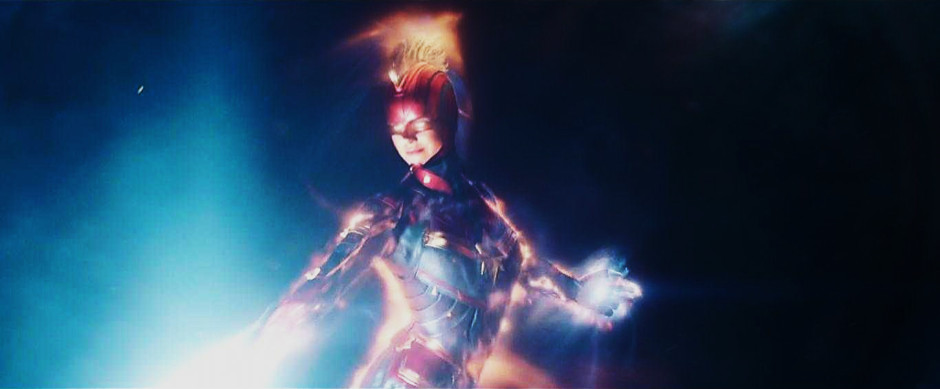
Back on Earth, she easily overpowers Yon-Rogg and sends him back to Hala, their home planet as a message that she would soon come back to end the war and destroy the Supreme Intelligence. Danver departs the Earth with the Skrulls in search of a new home after bidding farewell to Rambeau and her daughter, and to Fury, handing him a modified pager to use only in case of emergencies to summon her from the other side of the galaxy. As the film closes, Fury is convinced that he needs to have a response team ready for the other intergalactic threats out there, and vows to find them, as he names his proposal report ‘The Avengers Initiative’, after Danvers’ callsign on her plane.
Easter Eggs
The movie has a ton of easter eggs and pop-culture references, and a lot of them are derivative of the period setting and Captain Marvel’s comic book origins, alternate histories or other contemporaries. The huge number is also by virtue of its place in the Marvel canon of films. However, we are going to limit ourselves to the ones that strictly pertain to the plot itself, or may have consequences in the upcoming films.
The Protector Initiative
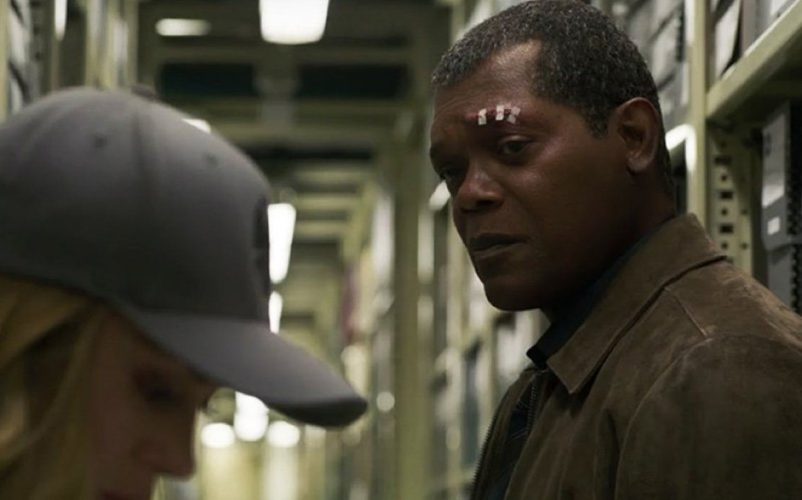
The MCU with this film ends up revealing the nominal history of the ‘Avengers’ initiative as kickstarted by Nick Fury himself in 1995, as he decides to change the name of the report he is typing from the ‘The Protector Initiative’ to ‘The Avengers Initiative’, after Carol Danvers’ call sign on her fighter plane. He intends to submit the report to enable the searching for and enlisting of superpowered human beings as a response team in the event of an extra-terrestrial attack or invasion, Fury being more aware now than ever about the plausibility of it. While it isn’t actually revealed what he ends up typing finally, the Avengers theme starts playing in the background as he smiles in a particularly hair rousing moment for fans, making it rather obvious. “There was an idea, to bring together a group of remarkable people, to see if they could become something more. So when we needed them, they could fight the battles that we never could.” Seems like this was the beginning of the idea, and Captain Marvel, the first ‘intended’ Avenger.
Monica Rambeau: Lieutenant Trouble
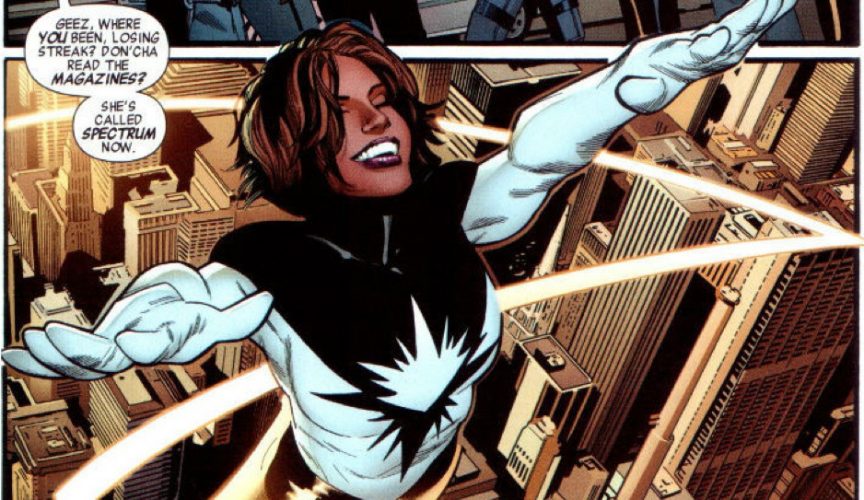
Danvers and her best friend’s daughter, Monica Rambeau seemed to instantly hit it off in the film, with both of them bonding over superhero talks. The film and her endearing interactions with Carol seemed to overshadow something bigger planned with the character that one couldn’t fathom sitting in the theatres. However, Monica Rambeau is actually the name of another Marvel superhero who goes by the monikers Photon, Spectrum, and wait for it, Captain Marvel and has powers similar to Carol Danvers. Phase IV, maybe?
Fury’s “One Good Eye”

‘Captain Marvel’ finally brings to light what happened with Nick Fury’s patched up “one good eye”. That’s right, Goose, the Flerken cat scratched it out in the final bits of the film, as opposed to any battle hardened story Fury might want to tell the world. IN the comics though, the reasons for the iconic eyepatch fall closer to the fabricated story. Among the two versions of Nick Fury, one lost his eye in a blast during WWII when a piece of shrapnel hit his eye, and the second one did when he was ambushed while transporting a captive Logan. The MCU Nick Fury though had his eye gouged out by an alien species with tentacles inside its mouth in the body of a cat. “The last time I trusted someone, I lost an eye”, as said by Fury in ‘Captain America: The Winter Soldier’ as he unveils his damaged eye for biometric verification for Project Insight. We feel ya there.
Ronan the Accuser
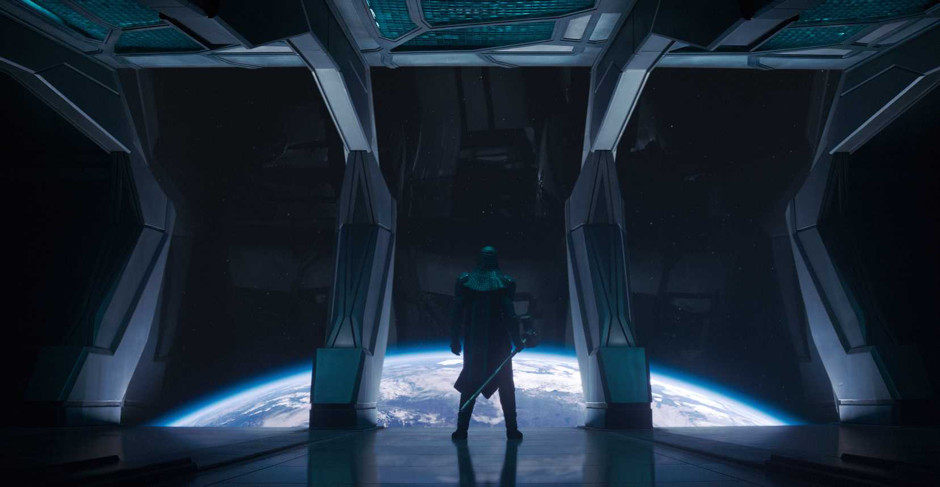
You might remember this gentleman from ‘Guardians of the Galaxy’, wherein he is out to destroy an entire civilisation, the Xandarians of the Nova empire. ‘Captain Marvel’, being all that the film is, also gives us a little backstory on Ronan, who has been part of two major wars in the MCU as a Kree warrior: the Kree Nova war, responsible for the death of his ancestors and the basis of his hatred of the Xandarians, also why he wants to destroy them, and the Kree-Skrull war, which is at the centre of this film, herein serving as military leader of an order of fanatic Kree warriors, the Accusers, controlling giant warships responsible for bombing entire planets out of existence, as they did the Skrulls. Apparently so, following the witnessing of Captain Marvel’s powers firsthand, he retreats, and following an unspecified amount of time wherein he flees the Kree empire out of resentment of the Nova peace treaty, the Accusers are disbanded, and he is the only one to remain by the events of ‘Guardians of the Galaxy’. The fanatical militarist is killed in his face off with the Guardians.
The Energy Core
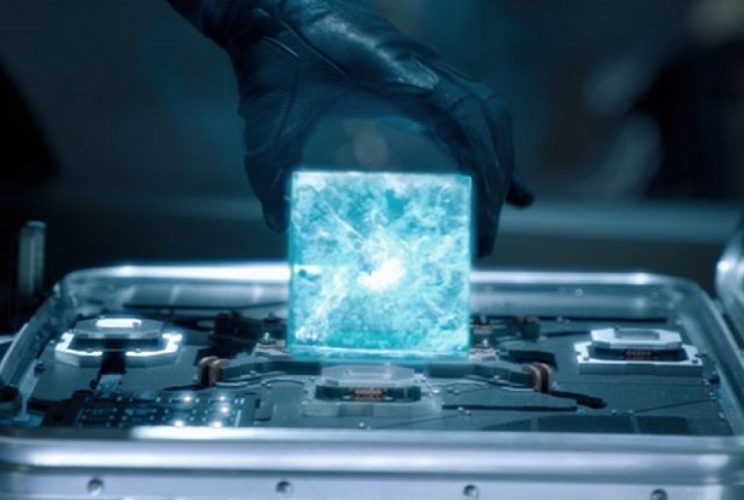
What is referred to as ‘energy core’ throughout the film, responsible for powering a prototype lightspeed jet, is later revealed to be the mystical Tesseract, containment device for the space stone. This is an important revelation since we now know that the Tesseract landed in Lawson’s hands after being shipped out from the sea by Howard Stark post WWII. We also know from the end credits scene (explained later) how it got back to S.H.I.E.L.D. The only missing link here is how it got from Stark to Lawson, which sadly the film doesn’t shed any light on. Since her introduction in the MCU, the character of Captain Marvel has been touted as the one to match Thanos, or the only one with the powers capable enough to do so, apart from Thor probably. Sometime halfway through the film, it is revealed that Carol Danvers got her powers from the energy core blasting, meaning that she indirectly sourced her power from the Tesseract, and in conclusion, the space stone itself. Could this be the edge or atleast a battle advantage over other Avengers that Captain Marvel has?
Project P.E.G.A.S.U.S
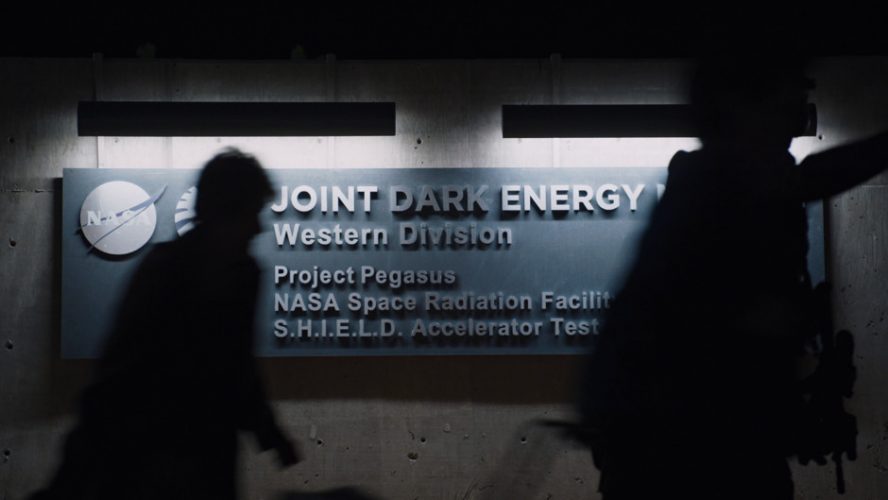
Potential Energy Group/Alternate Sources/United States (P.E.G.A.S.U.S) is the name of the project Wendy Lawson was working on, a tie-up between the NASA and the USAF, studying the Tesseract to build a lightspeed engine to send the refugee Skrulls to a new planet far from the reach of the Kree people. Carol Danvers later enlisted to fly test flights for the project and for Lawson, following which they are ambushed by the Kree and crash. If you remember one tiny mention of the project’s name from the beginning of ‘The Avengers’, when the facility is attacked by Loki, you will be able to connect the dots to conclude that project P.E.G.A.S.U.S continued researching into the Tesseract along with Dr. Eric Selvig, but this time, it would be for developing weapons capable enough to face off against extra-terrestrial threats.
The Post Credits Scene
Regardless of what the film establishes, or does not, this is the scene that’s going to be the most talked about from the film in the days to come. As the anticipation for ‘Endgame’ builds up, I had always expected the anticipation to skyrocket after Marvel would presumably reveal Danvers to be the final piece in the puzzle after that tease at the end of ‘Infinity War’. However, with the post credits scene that we have, the anticipation seems to be beyond that. What happens in the scene is not a tease, but a revelation.
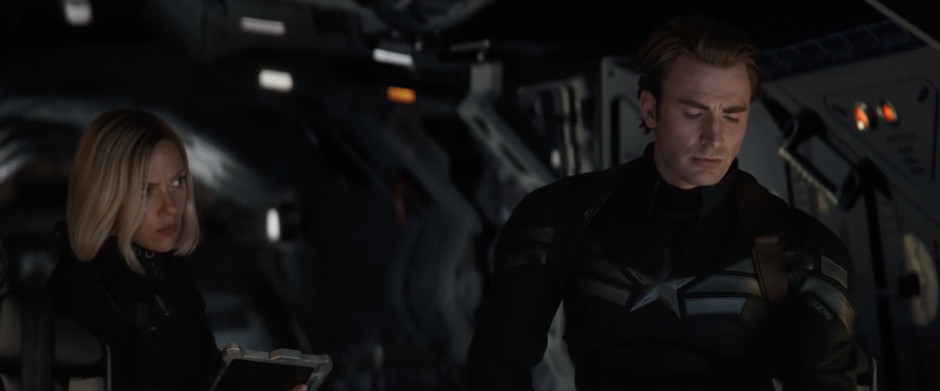
We are shown the remaining Avengers that survived Thanos’ snap: Rogers, Romanoff, Banner and Rhodey trying to transmit the signal form Fury’s pager when it suddenly blacks out and stops transmitting. As they contemplate on trying to power it up again, even as Natasha impresses upon its importance since it was with Fury in his final moments, wanting to “know who was on the other side of that thing”, Captain Marvel appears, albeit in a different sort of costume than the one she departed in, and asks about the whereabouts of Fury. Although she may be in for a mean shock when she knows the answer to that, this overwhelmingly good post credits scene does tell us a few things. The first and foremost among them, is that Captain Marvel will be with the Avengers when ‘Endgame’ starts, and why is that, you ask? The clue is in the beard. Since the current ‘beardless’ promos show her absent with the current company, could she be off to a space rescue mission to rescue an adrift Avengers brethren?
The End Credits Scene
As is the Marvel tradition, the end credits scene is pretty lightweight compared to the exciting post credits scene. Perhaps the biggest takeaway from this film would be the scenes involving Goose, the Flerken that appears to be a regular house cat. Most of the funny bits in the film involve Goose and Nick Fury, and her alien antics as a creature wielding tentacles inside her mouth, with an entire ‘pocket dimension’ in there as well, wherein she can store, well, entire universes. She is shown to have gobbled up the Tesseract, and in the end credits scene in Nick Fury’s office, she coughs it up like a furball. While the scene in itself may be a gag, it covers up an important period in the MCU history: how the Tesseract found its way from the hands of Howard Stark to Wendy Lawson/ Mar-Vell for project PEGASUS, finally landing on Fury’s table following which PEGASUS studies it under S.H.I.E.L.D’s eye with Eric Selvig in 2012’s ‘The Avengers’ as explained in the Easter Eggs section of this article.
Final Word
The verdict for Marvel’s first female superhero’s solo film are out, and believe me when I say that even as a critic, albeit also a big fan of anything even remotely related to superheroes, there is no simpler way to quote that ‘Captain Marvel’ is a mediocre film at best, and singularly the most uninspiring Marvel film in years. In saying that, I also include the rather dismal ‘Thor’ films until Phase 2. The film struggles with creating a sense of place and time, and in continuously shifting through multiple points of times and multiple locations, it may be able to create a pacey narrative but at the cost of bewilderment, that was for me, followed by a lack of interest. Another major problem I felt the film had was with respect to its overall character and tonality. As mentioned earlier, the film’s shifting bases, all of them with Danvers at their centre result in the film seeming to struggle with its place in the overall canon. While ‘Guardians of the Galaxy’ is the most obvious film with respect to understanding the links to space and various cosmic species in the MCU, the 90s setting is a bit more reminiscent of the only other MCU film set in the past, ‘The First Avenger’, albeit the latter is in the final days of WWII, both replete with pop culture references and set pieces reflective of the time period which in this case are the 90s. While the earlier two films stood out by that very virtue, ‘Captain Marvel’ falls short by only partially utilising either.
At the centre of the conflict though is ‘Captain Marvel’ and Brie Larson herself. Larson is earnest in her role and her training and dedication for the part is fairly visible. It is the script that doesn’t give her too much to do. The character is almost invincible when you first see her, her backstory as a child is barely glimpsed upon in flashbacks, and the full realisation of her powers is nicely filmed, but is a little underwhelming. Also as an audience, we could use a villain with greater stakes and one that could stand a chance against Captain Marvel. In that, more than a Captain Marvel movie, it becomes a buddy cop film with an excellent Sam Jackson returning as a younger Nick Fury, with a well and alive younger Agent Coulson in tow albeit in a criminally underwritten part. What it also does well is set up ‘Avengers: Endgame’ supremely well: I am guessing the anticipation to be off the roof when word of this post credits scene reaches a trailer deprived audience.
Closing in on my final word, ‘Captain Marvel’ will regardless be watched by a host of hungry fans, but for me, it remained a largely underwhelming affair, my expressions throughout the film mostly mimicking Larson’s in the first trailer. In fact, all the fears and reservations people had from the two trailers stood personified in front of me as the credits rolled. Apart from two touching homages to the legend that was Stan Lee, the chemistry between Larson and Jackson, and a superstar alien cat, there was little that stayed with me the moment I stepped out. While the question of subjectivity still stands, it was disheartening to see critics and people lionize a rather standard outing, and criticising far superior movies on the same grounds. Well, some people might unquestionably gobble up anything that Marvel puts out, but not us. Not us.
Read More in Explainers: Black Panther | MCU Timeline

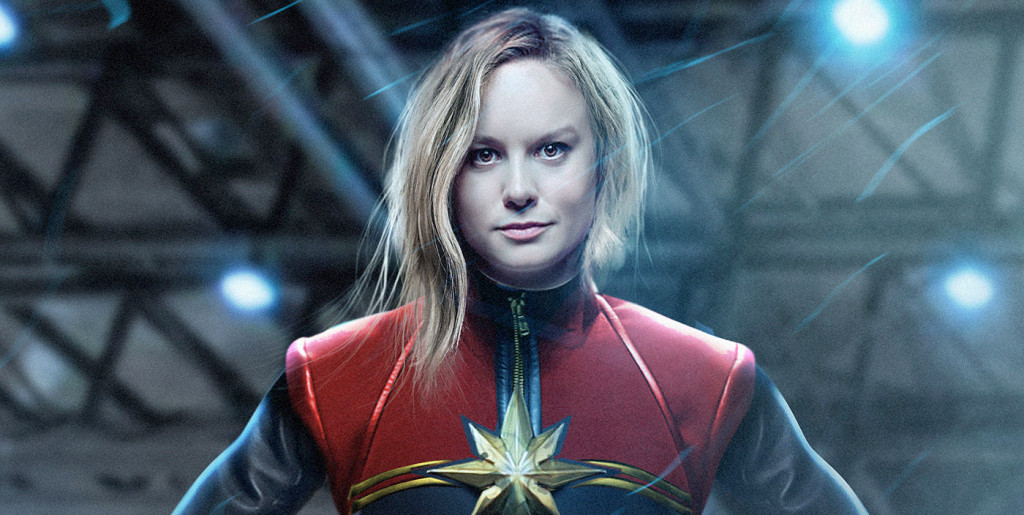
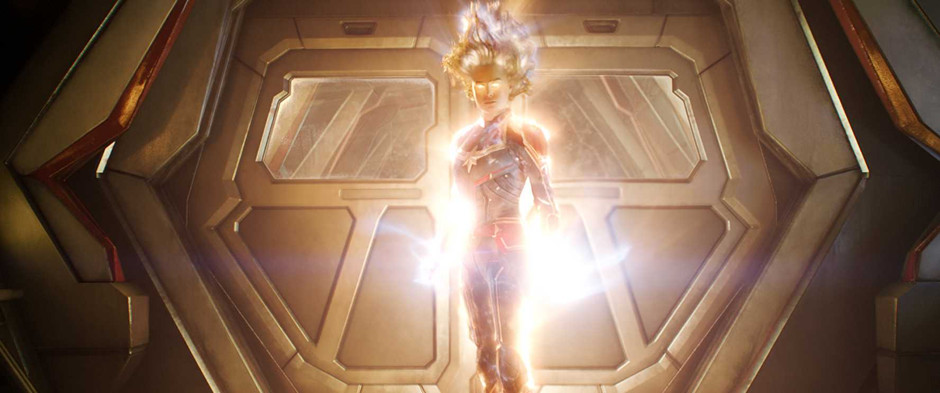
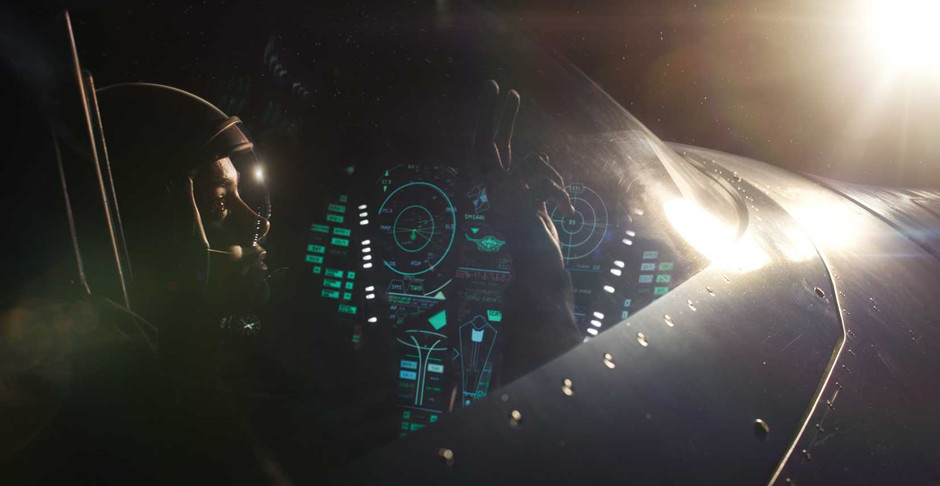
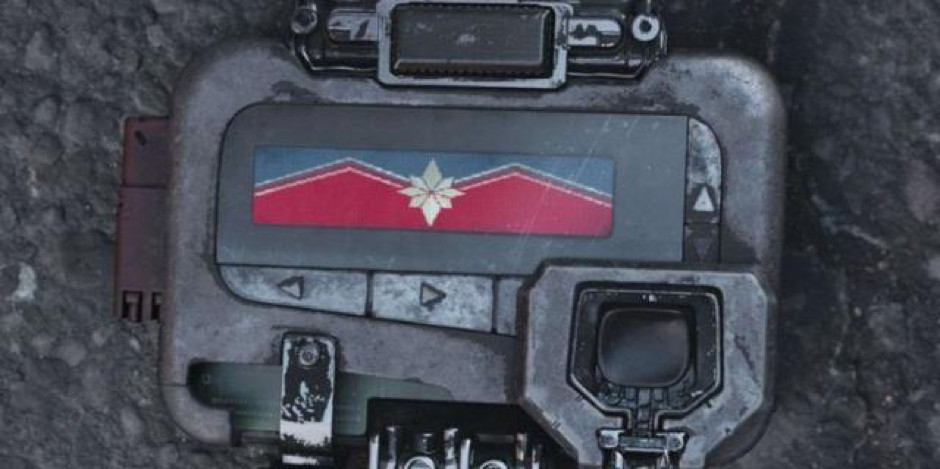
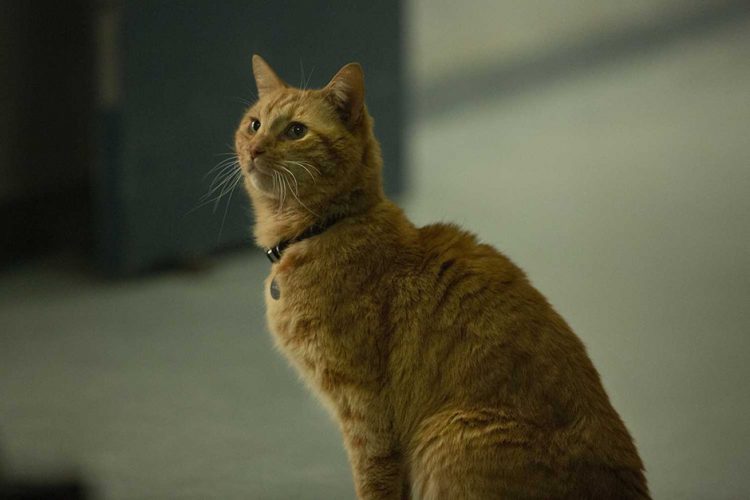
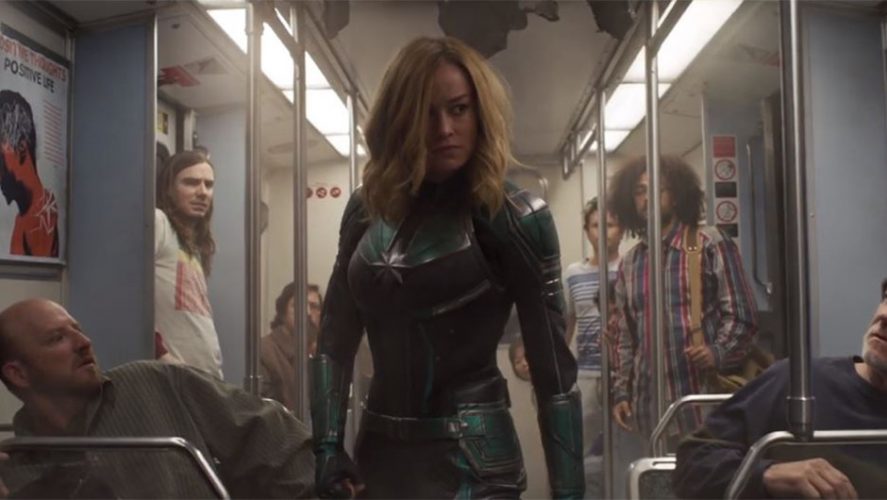
You must be logged in to post a comment.